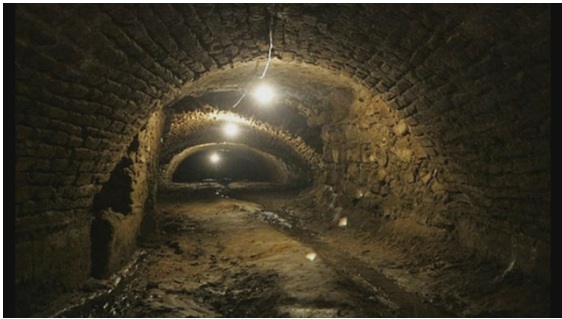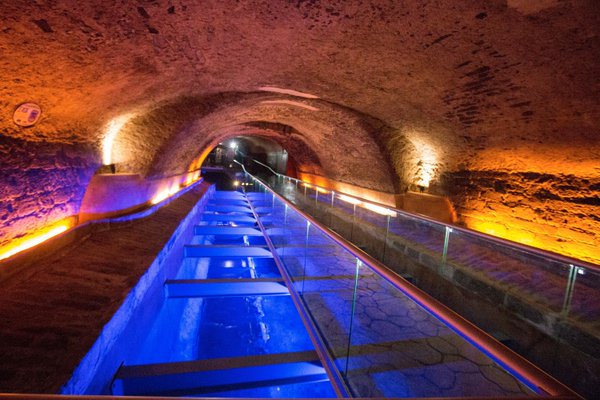Underneath the streets of Puebla in Mexico lies a network of tunnels believed to have been built more than 500 years ago, and the municipality is preparing the site to open them up as a new cultural tourism attraction, and so the public can learn about its rich historic value.
The project, dubbed “Puebla’s Secrets” (Secretos de Puebla), involves cleaning up and restoring the tunnels, bridges and other remnants that were built by the Spanish conquistadors in the 1500s. Puebla History Center’s Sergio Vergara Berdejo is the head of the project, and he believes that they have only uncovered about three percent of the site. The rest of the restoration could take 10 years or more.
When The Tunnels Were Discovered
Vergara’s team was able to locate part of the hidden tunnels based on an urban legend that was told from generation to generation. However, its discovery was an accident. In 2014, in the middle of an urban remodeling project, construction workers stumbled upon the site and the Puebla History Center took over. “We never thought that they would be like this,” said Vergara.
In September 2015, his team was finally able to uncover some of the structures just below Puebla’s downtown district. It was established early on that the municipality would turn the site into a cultural attraction.

Public works maintenance in the colonial city of Puebla on Sep. 2015 revealed an intricate maze of underground tunnels. (Image: mexiconewsdaily.com)
The Tunnels’ History
Experts determined that the tunnels were built in 1531 following the founding of Puebla, one of Mexico’s oldest cities. Members of the Catholic Church mainly used the tunnels to transport their treasures and acquisitions in and out of Puebla without the public knowing about it.
A closer examination of the elements of the tunnels showed that the structures were made using stone chips and materials that were similar to cement. But over centuries, its composition was strong enough to withstand earthquakes, Puebla’s modernization and building constructions, as well as the traffic above ground.

Five months after the discovery of ancient tunnels beneath Puebla, the centuries-old passageways are being opened as part of the Secrets of Puebla project (Photo: contraparte.mx)
The May 5 Passageway
A small part called the May 5 Historical Passageway was already unveiled to the public last Feb. 17. Vergara’s team said that this was used by Mexican troops against its French enemies during the May 5, 1862 invasion, hence the name.
Situated near Los Fuertes, this passageway spans 10 kilometers with a tunnel that is about seven meters high and three and a half meters wide. However, the public will only be able to access two and a half kilometers of the site for now as both Puebla History Center and the National Institute of Anthropology and History continue to work on the rest of the tunnels.
https://youtu.be/w7CGa93clrk
Source: http://www.latinpost.com/



